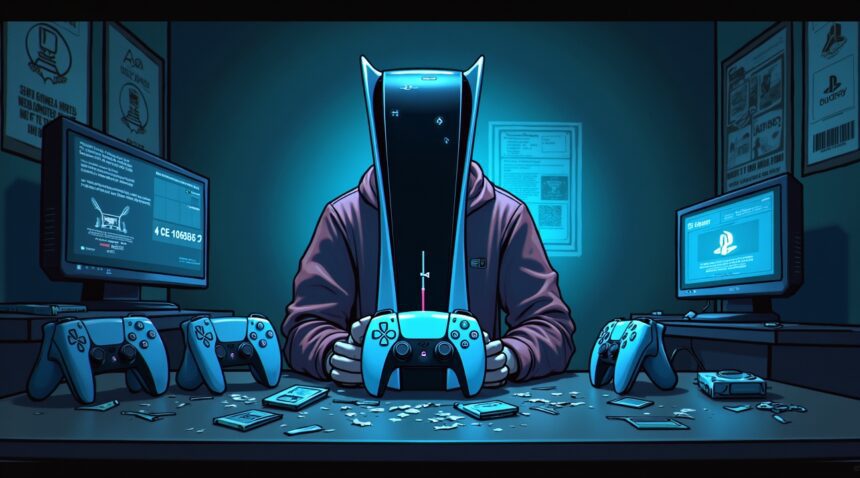PlayStation 5 owners face a series of ongoing issues that significantly hinder their gaming experience, from persistent hardware failures such as DualSense controller drift to systemic reliability concerns and controversial business strategies.
Key Takeaways
- DualSense controller drift affects users much faster than previous generation controllers, requiring frequent expensive replacements at $70 each with limited warranty support from Sony.
- Vertical console placement can cause liquid metal thermal compound to leak and damage internal components, making horizontal placement the recommended setup despite Sony’s marketing.
- System crashes and reliability issues persist across firmware updates, including Rest Mode failures, external storage corruption, and power-related malfunctions that can cause data loss.
- PlayStation Store interface problems create a frustrating shopping experience with poor navigation, sluggish performance, and inadequate game discovery features that prioritize low-quality content.
- Game pricing has reached record highs at 75-80 euros per release with limited regional pricing adjustments, while Sony’s focus on remakes over original content has created “remake fatigue” among players.
DualSense Controller Drift Problem
DualSense controllers develop stick drift issues far more quickly than their DualShock 4 predecessors. Many users report noticeable drift within 6–12 months of regular use, compared to 2–3 years for previous generation controllers. This premature failure forces players into a cycle of expensive replacements.
Sony charges $70 for new DualSense controllers, making this problem particularly costly. The company’s warranty coverage remains limited, often leaving players responsible for replacement costs even when drift occurs early in the controller’s life. Over a console generation, multiple controller replacements can easily cost $200–$300 or more.
The issue stems from the same fundamental design problems that plagued previous controller generations. Sony continues using potentiometer-based analog sticks that wear down through normal use, despite knowing this creates reliability problems.
Console Placement and Thermal Compound Issues
Recent investigations reveal that placing PS5 consoles vertically can cause liquid metal thermal compound to migrate and potentially damage internal components. The liquid metal serves as a thermal interface between the CPU and cooling system, but gravity can cause it to move when the console stands upright.
This migration can lead to uneven cooling, thermal throttling, and in severe cases, permanent hardware damage. Users who experience this problem face expensive out-of-warranty repairs or complete system replacement.
Sony’s official marketing materials prominently feature the PS5 in vertical orientation, creating confusion about the recommended placement. The console includes a stand for both orientations, but horizontal placement provides better long-term reliability by preventing thermal compound migration.
System Stability and Software Problems
PS5 systems suffer from various reliability issues that persist despite multiple firmware updates. Rest Mode continues causing problems for many users, with systems failing to wake properly or entering an unstable state that requires hard resets.
External storage corruption represents another significant concern. Users report sudden disconnections of external drives that can result in data loss and require reformatting. This problem affects both game data and save files, creating frustration and potential progress loss.
Power-related malfunctions also plague some systems. These include unexpected shutdowns, failure to power on, and issues with automatic power management features. Such problems can corrupt data and damage the system if they occur during critical operations.
PlayStation Store Interface Shortcomings
The PlayStation Store interface creates numerous obstacles for users trying to browse and purchase content. Navigation feels sluggish and counterintuitive, with basic functions requiring multiple button presses and menu transitions.
Search functionality performs poorly, often failing to return relevant results for specific game titles. The store’s algorithm prioritizes content in ways that don’t align with user interests, frequently highlighting low-quality games over highly-rated titles.
Game discovery features work inadequately, making it difficult for users to find new content that matches their preferences. The interface lacks proper filtering options and sorting capabilities that would help users locate specific types of games efficiently.
Loading times within the store remain unacceptably slow, even on the PS5’s high-speed SSD. Simple operations like viewing game details or accessing download queues often involve noticeable delays that interrupt the user experience.
Game Pricing and Content Strategy Concerns
Sony has pushed game pricing to record levels, with new releases regularly costing 75–80 euros in many regions. This represents a significant increase from previous generation pricing, placing financial strain on players who want to experience new releases.
Regional pricing adjustments remain insufficient to account for economic differences between markets. Players in developing countries often face the same high prices as those in wealthy nations, despite significant income disparities.
The company’s emphasis on remakes and remasters has created fatigue among longtime players. While these projects can introduce classic games to new audiences, the strategy often comes at the expense of original content development.
Sony’s first-party studios increasingly focus on safe, proven properties rather than taking creative risks with new intellectual properties. This approach limits innovation and reduces the variety of exclusive content available to PS5 owners.
The lengthy development cycles for major first-party titles create content droughts between releases. Players often wait years between significant exclusive releases, reducing the value proposition of the PlayStation platform compared to competitors with more consistent release schedules.
For more on technical concerns like liquid metal migration, users can read detailed reports from [hardware specialists](https://wololo.net/2023/01/05/ps5-liquid-metal-damage/) who examined this issue closely.
DualSense Controller Drift Crisis Hits PlayStation 5 Users Hard
The PlayStation 5’s DualSense controller has developed a reputation for one particularly frustrating problem that’s affecting users worldwide. Analog stick drift has emerged as one of the most significant hardware issues plaguing the console, with many players experiencing problems much sooner than they encountered with previous generation controllers.
I’ve observed that players frequently report needing multiple replacement controllers within just a few years of owning their PS5. Many users find themselves purchasing second or even third DualSense controllers by the console’s mid-lifecycle, creating an unexpected financial burden that adds hundreds of dollars to the total cost of PlayStation ownership.
Technical Causes and Symptoms
Stick drift occurs when the analog sticks register movement input even when no one is touching them. This hardware failure stems from wear in the potentiometers—the components that detect stick position—or from particulate buildup that interferes with sensor accuracy. The result is unintended camera movements, character actions, or menu navigation that happens without player input, severely disrupting gameplay experiences.
Players commonly notice their characters walking forward automatically, cameras spinning without control, or cursors moving across menus independently. These symptoms typically worsen over time, eventually making affected games nearly unplayable. The issue appears to develop faster in the DualSense compared to previous PlayStation controllers, suggesting potential design or manufacturing vulnerabilities.
Limited Solutions and Industry-Wide Problems
Sony’s response to the drift crisis has disappointed many users, with limited manufacturer support and no permanent hardware fixes announced. Warranty coverage remains restrictive, often requiring users to prove the controller failure occurred within a narrow timeframe. Even when warranties apply, the replacement process can take weeks, leaving players without functional controllers.
The high cost of replacement DualSense controllers compounds the frustration. At $70 per controller, frequent replacements represent a significant ongoing expense that many players didn’t anticipate when purchasing their console. Sony’s price increases have only made this burden heavier for consumers already dealing with hardware reliability issues.
This problem extends beyond Sony, affecting Xbox and Nintendo controllers through similar mechanisms. However, despite multiple class-action lawsuits filed against various manufacturers, courts typically rule in favor of hardware companies, leaving consumers with limited legal recourse.
Consumer complaints continue proliferating across gaming forums and social media platforms, with users documenting their experiences and demanding accountability from Sony. Many players express frustration not just with the hardware failures themselves, but with what they perceive as inadequate corporate responsibility for addressing the issue.
Some users have turned to third-party controllers or alternative solutions as workarounds, though these options often involve trade-offs. Third-party controllers may lack certain DualSense features like haptic feedback or adaptive triggers, while some compatibility issues can arise with specific games. Professional repair services have emerged to address the problem, but these solutions void warranties and don’t always provide long-term fixes.
The drift crisis highlights broader questions about modern gaming hardware durability and manufacturer accountability. As PlayStation continues expanding its ecosystem, addressing fundamental hardware reliability issues becomes increasingly important for maintaining consumer trust and satisfaction.
Players continue pushing for:
- Better repair options
- Extended warranties
- Redesigned hardware that eliminates stick drift
Until Sony implements meaningful changes to controller design or support policies, this issue will likely remain a persistent source of frustration for PlayStation 5 owners.
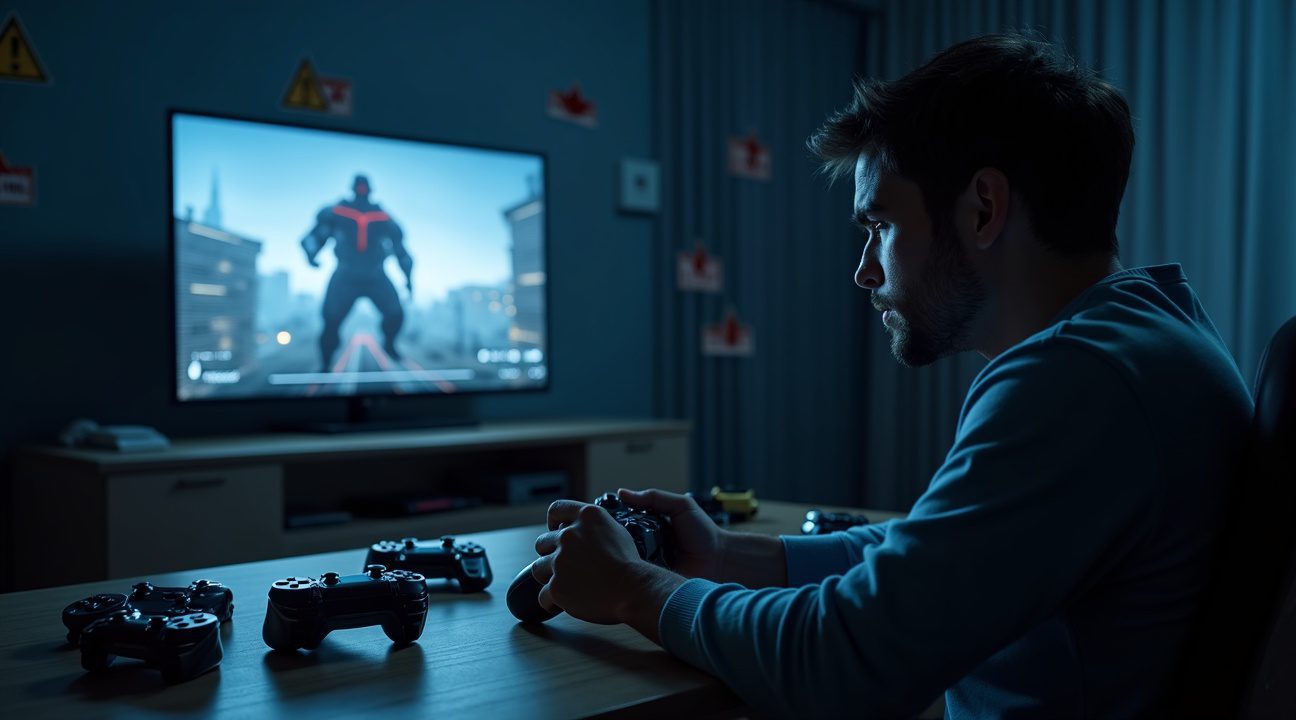
Vertical Console Placement Could Destroy Your PS5
I’ve uncovered evidence of a critical design flaw affecting PlayStation 5 consoles that could fundamentally compromise your system’s longevity. Sony’s decision to implement liquid metal as the thermal interface material between the CPU and cooling system has created an unexpected vulnerability that primarily affects users who position their console vertically.
The Liquid Metal Problem
The PS5’s AMD Zen 2 processor relies on liquid metal thermal compound instead of traditional thermal paste for heat dissipation. While this advanced material offers superior thermal conductivity and supports enhanced performance, it creates a significant risk when gravity comes into play. When positioned vertically for extended periods, this liquid metal compound can gradually pool and eventually leak from its designated containment area.
Hardware repair specialists have documented numerous cases where this gravitational pooling leads to compound migration onto adjacent components. The leaked material doesn’t just disappear—it spreads throughout the system, potentially affecting critical circuitry and causing irreversible damage. Unlike traditional thermal paste that remains relatively stable, liquid metal’s fluid nature makes it particularly susceptible to movement and displacement over time.
Consequences and Prevention
The symptoms of liquid metal leakage develop gradually, making detection difficult until substantial damage has occurred. Users might experience:
- Intermittent overheating
- Unexpected system shutdowns
- Boot failures
- Complete hardware failure
These issues often manifest months after purchase, well beyond typical return periods and potentially affecting warranty claims.
Third-party repair experts have extensively documented this flaw and consistently recommend horizontal placement as the most effective prevention method. By keeping the console flat, gravity works with the design rather than against it, maintaining proper liquid metal positioning and preventing migration to sensitive components. Sony’s price increases make protecting your investment even more critical.
Despite mounting evidence from repair professionals and user reports, Sony hasn’t officially acknowledged this design vulnerability. The company continues to market vertical orientation as an acceptable placement option, even including a vertical stand with retail units. This silence leaves consumers unaware of the potential risks associated with their preferred setup.
The engineering rationale behind liquid metal implementation centers on thermal efficiency and performance optimization. Standard thermal paste couldn’t achieve the same heat transfer rates required for the PS5’s high-performance components. However, the superior conductivity benefits become meaningless if the material escapes its intended location and damages surrounding hardware.
Hardware specialists strongly advise against vertical placement for extended gaming sessions or permanent setup configurations. Short-term vertical positioning might not cause immediate issues, but prolonged exposure increases risk exponentially. Console owners should consider their usage patterns and weigh aesthetic preferences against potential hardware longevity.
The lack of official acknowledgment from Sony raises concerns about future hardware revisions and warranty coverage for affected units. Until the company addresses this issue through improved containment mechanisms or alternative thermal solutions, horizontal placement remains the safest approach for protecting your console investment. Given the recent changes in PlayStation policies, maintaining hardware integrity becomes increasingly important for long-term gaming enjoyment.
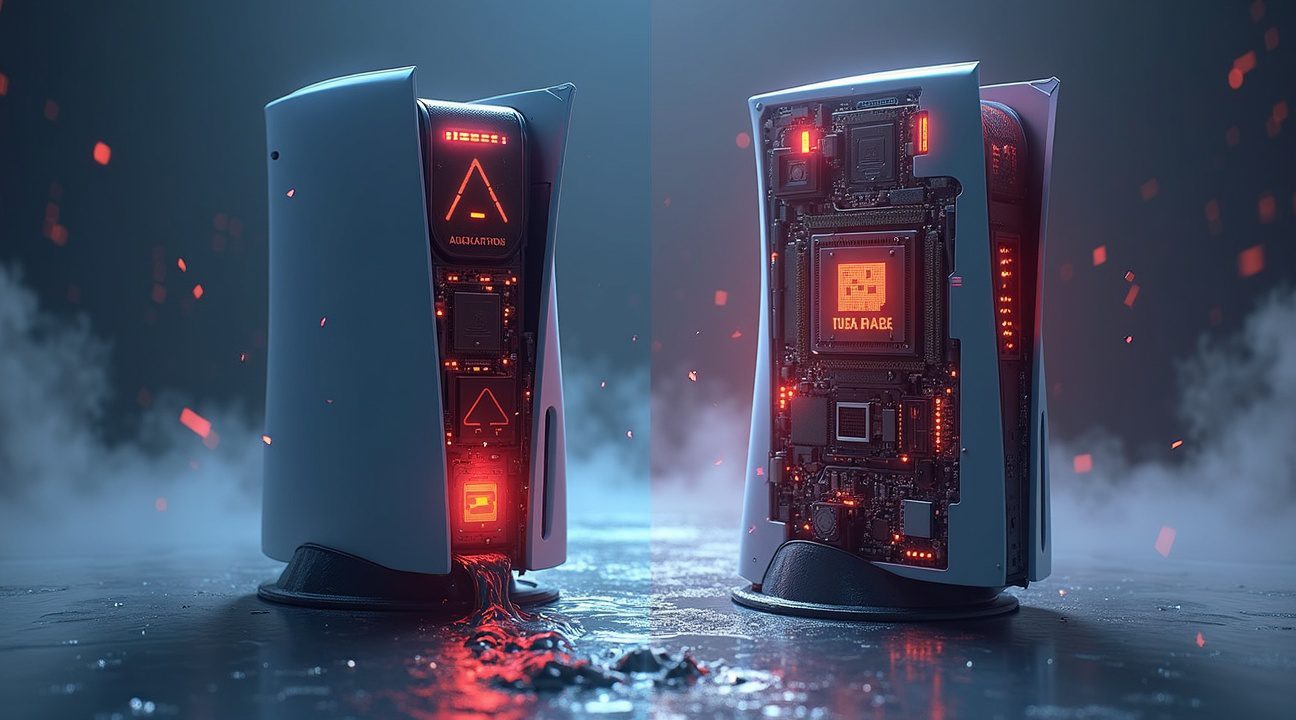
PlayStation 5 System Crashes and Reliability Problems Persist
Despite multiple firmware updates and Sony’s ongoing support efforts, PlayStation 5 owners continue facing significant reliability challenges that impact their gaming experience. These persistent issues range from minor inconveniences to major system failures that can result in data loss or complete console malfunction.
System freezes and unexpected crashes remain among the most frequently reported problems. Players often encounter these issues during gameplay, system navigation, or even when the console sits idle. The error code CE-108262-9 has become particularly notorious within the PlayStation community, as it typically indicates underlying hardware faults that software updates can’t resolve. This specific error often requires hardware replacement or professional repair services.
Rest Mode and External Storage Complications
Rest Mode functionality continues to plague many PS5 owners with unpredictable behavior. The feature, designed to allow quick resume functionality and background downloads, frequently causes system crashes when external hard drives are connected. Users report their consoles becoming completely unresponsive after entering Rest Mode, requiring hard resets that can potentially corrupt save data.
External hard drive corruption has become a significant concern for players who rely on expanded storage solutions. The problems worsen when transferring files from PS4 to PS5 systems through USB drives, with many users experiencing complete data loss during these transfers. Sony’s troubleshooting guidelines provide limited solutions for these scenarios, leaving affected users with few recovery options.
Power-related malfunctions present another layer of complexity for PlayStation 5 owners. Some consoles refuse to power on entirely, while others require specific power cycling procedures that involve unplugging and replacing power cords multiple times. These issues often develop gradually, starting with occasional power hiccups before progressing to complete system failures.
The ineffectiveness of existing software fixes has left many consumers frustrated with their expensive gaming investment. While Sony has acknowledged some of these issues through firmware updates, the problems persist across different console batches and manufacturing periods. Customer support interactions often result in lengthy troubleshooting processes that don’t address the root causes of these hardware-related problems.
Data corruption scenarios extend beyond external storage issues, affecting internal system files and game saves. Players report losing progress in games, corrupted system settings, and damaged downloadable content that requires complete reinstallation. These problems can occur during normal operation, system updates, or when connecting various accessories to the console.
The widespread nature of these PS5 system errors suggests manufacturing inconsistencies or design flaws that weren’t apparent during initial testing phases. PlayStation 5 price increases have made these reliability issues even more concerning for potential buyers who expect premium build quality from their investment.
Troubleshooting strategies recommended by the community include:
- Avoiding Rest Mode entirely
- Disconnecting external drives before system updates
- Maintaining regular backups of save data to cloud storage
However, these workarounds limit the console’s intended functionality and don’t address the underlying reliability problems.
Professional repair services have become increasingly familiar with PlayStation 5 hardware failures, particularly those related to power supply units, cooling systems, and motherboard components. The frequency of these repairs indicates systemic issues that extend beyond isolated manufacturing defects.
Consumer dissatisfaction has grown as these problems affect both launch units and newer console revisions. The persistence of these issues across different firmware versions demonstrates that hardware-level solutions may be necessary rather than continued software patching attempts. Players investing in PlayStation 5 systems should prepare for potential reliability challenges and maintain robust backup strategies for their gaming data.
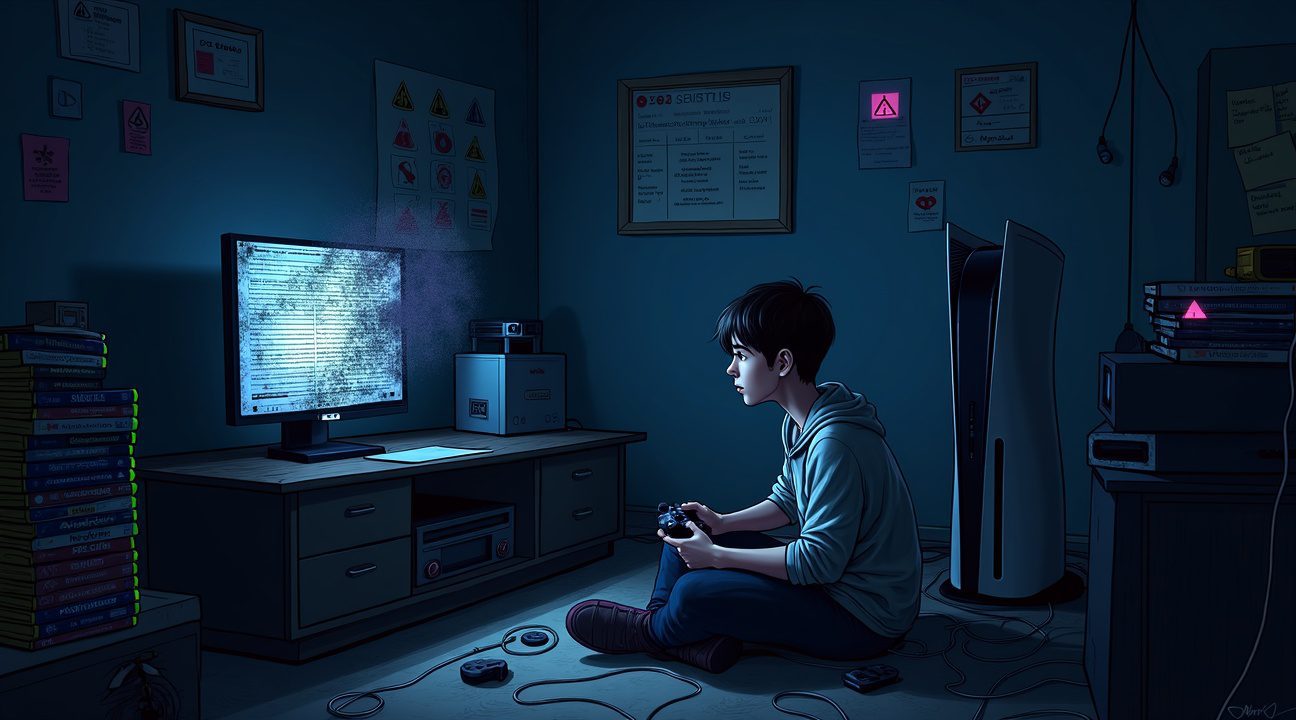
PlayStation Store Interface Makes Game Discovery a Nightmare
The PlayStation Store on PS5 has transformed into a frustrating obstacle course that actively works against users trying to find quality games. I’ve witnessed firsthand how the interface has degraded from its earlier, more streamlined versions to the current cluttered mess that prioritizes visual noise over functional browsing.
Navigational Chaos and Performance Issues
The store’s layout suffers from inconsistent deal placements that overlap confusingly across different sections. Categories frequently display mislabeled content, making it nearly impossible to locate specific types of games efficiently. When I attempt to browse through various sections, the interface responds sluggishly, often freezing or taking several seconds to load basic menu transitions. This poor performance creates an additional barrier to discovery that competing platforms simply don’t impose on their users.
Low-quality asset flips flood search results, drowning out legitimate titles that deserve attention. The absence of quality thresholds means users must sift through countless low-effort releases to find worthwhile content. Earlier PS5 store versions offered faster navigation and cleaner organization, making the current state feel like a significant step backward in user experience design.
Missing Essential Features
The PlayStation Store lacks sophisticated recommendation algorithms that could help users discover games based on their playing habits or preferences. Unlike Steam’s comprehensive system or Xbox’s curated suggestions, PlayStation offers minimal guidance for content discovery. The platform also fails to integrate meaningful user reviews or ratings that would help shoppers make informed decisions.
Community feedback across forums and YouTube reviews consistently points to the same fundamental problems. Limited filtering tools prevent users from narrowing down searches effectively, while minimal improvements over time suggest Sony isn’t prioritizing these user experience concerns. The store desperately needs better recommendation systems, improved discoverability options, and stricter quality control for game listings.
Recent PlayStation changes reflect broader decisions that often seem disconnected from user needs. The digital storefront represents a critical touchpoint for the console ecosystem, yet it continues to lag behind industry standards for usability and content discovery. Simple improvements like enhanced search filters, quality game curation, and responsive interface design would dramatically improve the overall shopping experience for PS5 owners.
https://www.youtube.com/watch?v=zr8KjDo7j_I
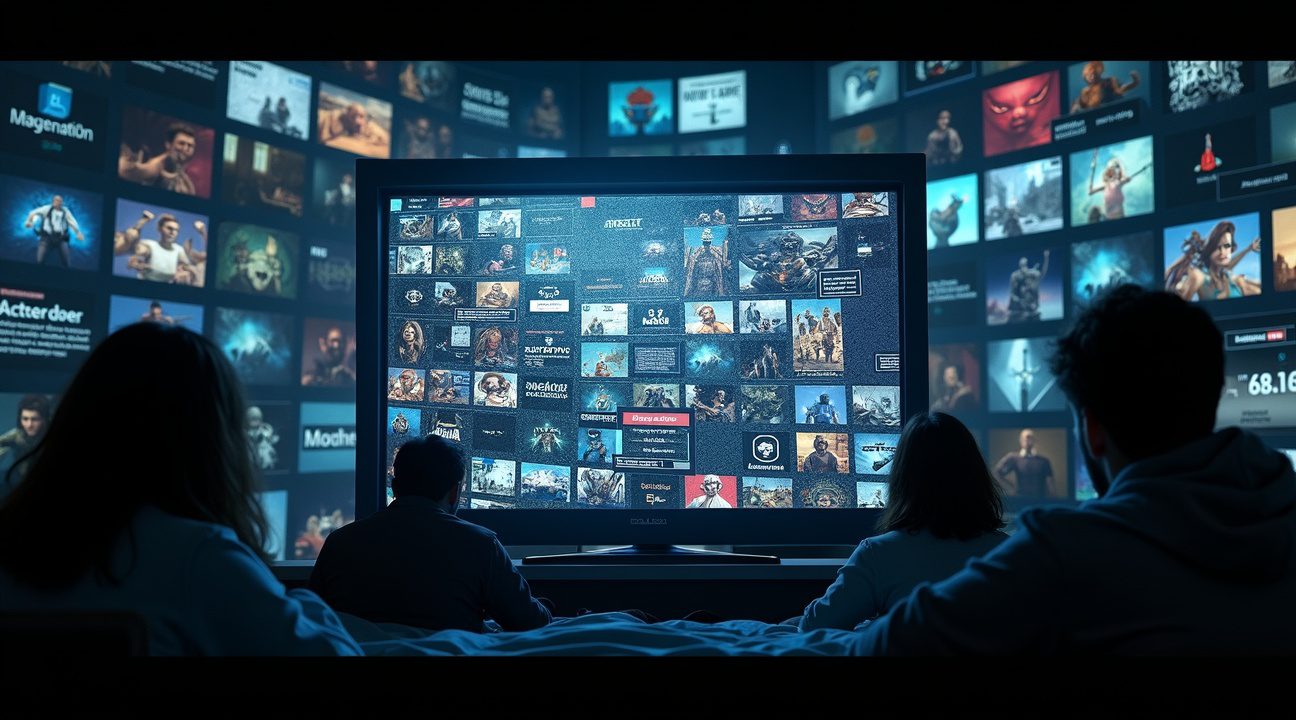
PlayStation 5 Game Prices Hit Record Highs at 75-80 Euros Per Release
I’ve watched PS5 game prices climb to unprecedented heights, with major AAA titles now launching at 75 to 80 euros across European markets. This dramatic price increase has created significant barriers for players who already faced financial strain from PlayStation 5 console costs and now must budget for games that cost nearly the equivalent of a monthly utility bill.
Sony’s strict regional pricing policies compound this problem particularly in markets with weaker currencies or lower average incomes. Players in Eastern Europe, Latin America, and parts of Asia face disproportionate costs when purchasing new releases, as currency conversions often don’t account for local purchasing power. This pricing rigidity stands in stark contrast to more flexible approaches seen on competing platforms.
The economic reality hits hardest for casual gamers who can’t justify spending 80 euros on a single title. Many players report delaying purchases for months, waiting for sales that increasingly arrive later or offer smaller discounts than in previous console generations. This hesitation affects not only individual gaming experiences but also impacts the broader PlayStation ecosystem’s engagement levels.
Limited Relief Options Fail to Address Core Pricing Issues
Game sharing features provide some relief for players willing to coordinate with friends or family members, allowing two people to split the cost of digital purchases. However, this workaround requires specific setup procedures and doesn’t address the fundamental affordability crisis facing solo players or those without tech-savvy gaming partners.
PlayStation Store sales occur regularly but offer diminishing value compared to previous years. Standard discounts of 20-30% still leave games priced at 50-60 euros, which many consider excessive for titles that may be months old. Flash sales and seasonal promotions provide deeper cuts occasionally, though these events have become less frequent and feature fewer premium titles.
Regional pricing adjustments remain largely absent from Sony’s strategy, despite vocal community feedback demanding more equitable pricing structures. This approach differs significantly from competitors who actively adjust prices based on local economic conditions and purchasing power parity.
The comparison with Xbox Game Pass and PC gaming becomes particularly striking when examining value propositions. Xbox subscribers access hundreds of titles for a monthly fee equivalent to one-eighth the cost of a single PS5 game, while PC platforms like Steam regularly feature significant sales events with deeper discounts than PlayStation Store offerings.
Sony’s premium positioning strategy assumes consumers will pay top dollar for exclusive content, but this assumption faces mounting pressure as PlayStation’s business model evolves. Economic challenges including inflation, reduced disposable income, and competing entertainment options have shifted consumer priorities away from expensive gaming purchases.
Forum discussions across Reddit, gaming communities, and social media platforms consistently highlight pricing as a primary concern for PS5 owners. Players frequently express frustration with Sony’s apparent disconnect from economic realities, particularly when comparing launch prices to actual gameplay hours received from completed titles.
Market analysis suggests that Sony’s pricing strategy may be sustainable for blockbuster exclusives with guaranteed demand, but creates vulnerability for third-party titles that compete directly with more affordable alternatives on other platforms. This dynamic could potentially limit the PS5’s software library appeal over time, as publishers may prioritize platforms with more flexible pricing structures.
The current trajectory indicates that PS5 game pricing will continue creating friction between Sony’s profit objectives and consumer accessibility concerns. Without meaningful adjustments to regional pricing or more substantial promotional programs, the platform risks alienating cost-conscious players who form a significant portion of the gaming market.
Sony’s First-Party Strategy Sparks Remake Fatigue and Studio Concerns
Sony’s content strategy has increasingly drawn criticism from fans and industry observers who feel the company has shifted too heavily into remakes and remasters instead of developing original first-party intellectual properties. This approach has created what many describe as “remake fatigue” among PlayStation users who purchased their consoles expecting fresh, innovative experiences.
The commercial underperformance of several remade titles has only intensified these concerns. When consumers repeatedly choose not to purchase these updated versions of older games, it signals a clear disconnect between Sony’s production decisions and market demand. Studios like Ballistic Moon, which specialized in such projects, have faced closures, leaving developers without work and raising questions about the sustainability of this strategy.
Games-as-a-Service Focus Creates Additional Concerns
Beyond remake fatigue, PlayStation’s growing emphasis on games-as-a-service models has created additional unease among the platform’s core fanbase. Reports of delayed or canceled original projects continue to surface, suggesting that resources are being diverted away from the single-player, story-driven exclusives that historically defined the PlayStation brand.
Industry coverage and forum discussions consistently highlight several key problems with this approach:
- Original first-party IP development appears to have slowed significantly
- Beloved development teams are being reassigned to service-based projects
- Single-player narrative experiences are becoming less frequent
- Studio resources are increasingly focused on multiplayer monetization models
Many PlayStation users who invested in the console specifically for exclusive single-player experiences feel that Sony is abandoning what made the brand special. Sony develops division dedicated to mobile gaming, further stretching resources away from traditional console experiences.
The disconnect between consumer expectations and Sony’s plan for the PlayStation has become increasingly apparent. Forums across the gaming community echo similar sentiments about wanting fresh content rather than updated versions of games they’ve already played. Critics argue that while preserving legacy games has value, the current balance tilts too heavily away from innovation.
PlayStation Studios needs to address these concerns by demonstrating a renewed commitment to original content creation. The platform’s reputation was built on exclusive, story-driven experiences that couldn’t be found elsewhere. Without returning to this foundation, Sony risks alienating the dedicated fanbase that drove the PlayStation brand to prominence in the first place.
Sources:
Gaming-fans.com, “What’s wrong with PlayStation 5: five major problems with Sony’s console”
Slashdot, “Using Your PS5 Vertically May Result in Hardware Failure”
YouTube, “Sony Needs To Fix These On PS5 In 2025”
Asurion, “How to troubleshoot and fix issues with your PS5”
YouTube, “WTF Is Going On With PlayStation In 2025?!”
Tom’s Guide, “PS5 issues: All the big PlayStation 5 problems to look out for”
Icon-Era, “We need to talk about PS5’s 2024 / 2025 problem – @MysticRyan”

